
|
Industrial & Automotive Parts |
|---|
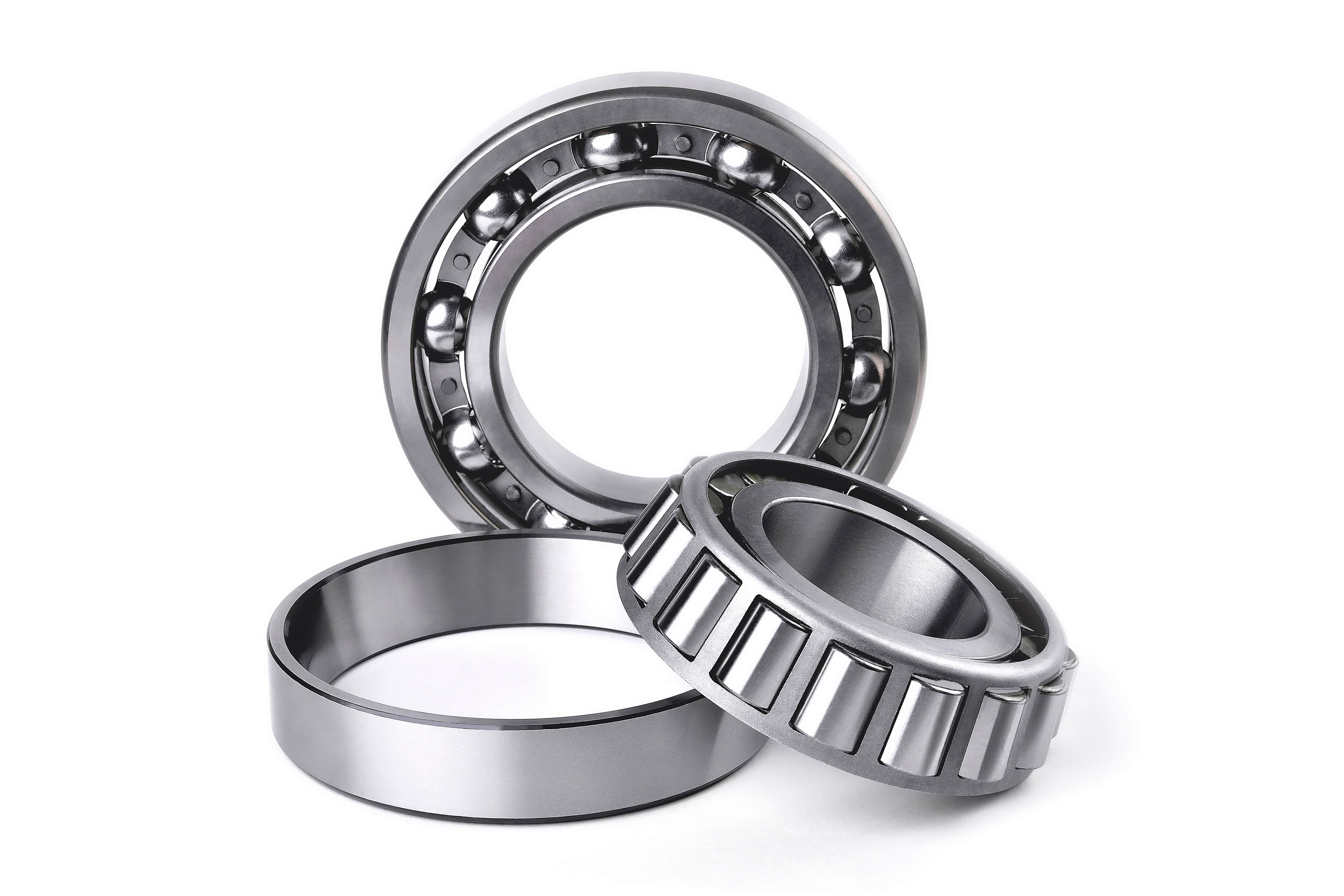
Bearings are an integral part of efficient equipment and machinery functionality. Using the correct bearing is essential for maximising performance, minimising damage and improving productivity. Alongside a reduction in productivity and profitability, the wrong size or type of bearing can prompt frequent maintenance requirements, and even cause equipment seizures and operational downtime.
Selecting the right bearings for your equipment is a delicate task as there are some critical distinctions you need to make to identify the most suited bearing. The process of mechanical operations relies on a combination of forces to work successfully. Speed, temperature and pressure and the variances between them need to be considered.
Industrial & Automotive Parts supply businesses across Australia with high-quality industrial equipment, including many different types of bearings for successful operations. Here, we provide a bearing selection guide that can help you break down your bearing requirements and arrive at the most suited product. This bearings guide will explain the factors necessary for the options available, as well as the different types of bearings that can achieve the requirements.
First up in this guide are the factors that should be considered when selecting the best bearing for your equipment:
Bearing load refers to the amount of force the bearing can safely handle. The total load is made up of a radial load (the force acting at 90 degrees to the shaft), axial load (the force exerted in parallel to the shaft) and moment or combined load (the load as a result of the first two loads working in a system together).
A bearing needs the strength to sufficiently handle the load range of these three load types. In complex operations, bearing systems may need to provide balanced variations in load conditions.
Bearings operate effectively within a particular speed range. High-speed systems require bearings that are designed to operate at the required speeds, while slower systems are best suited to bearings that perform well within their range. This is due to the different impacts that minor misalignments have at different speeds, which have much larger effects at fast rotations.
Bearings are a primary source of heat. Bearing selection requires an understanding of how temperature variations affect the parts of the system. While they generate a great amount of heat themselves, their response to heat from other parts can also dictate your bearing selection. Again, different options are designed to withstand various temperature ranges and lubrication tuning to ensure the system operates effectively.
A bearing seal houses the ball bearing and ensures the cleanliness of lubricant which plays an essential role for long bearing life and maintaining an efficient operation. An appropriate seal will be functional for the type of lubricant used, the ball bearing and the environment of the equipment.
Like most procurement procedures, the bearing selection process is a task in balancing the requirements of your business. You can consider industrial maintenance processes at your workplace. If you regularly service your equipment, you might prefer to opt for a low-cost bearing that you can easily replace.
When performance is critical and machinery protection is a priority, a robust bearing will require less maintenance but will prove more expensive. You can also consider the convenience of inspecting and lubricating the bearing, as well as if you can manage this yourself or require a service provider.
After considering the factors of bearing selection in this guide and identifying the needs of your equipment, systems and business, compare the main types of bearings below to find the right one for your application:
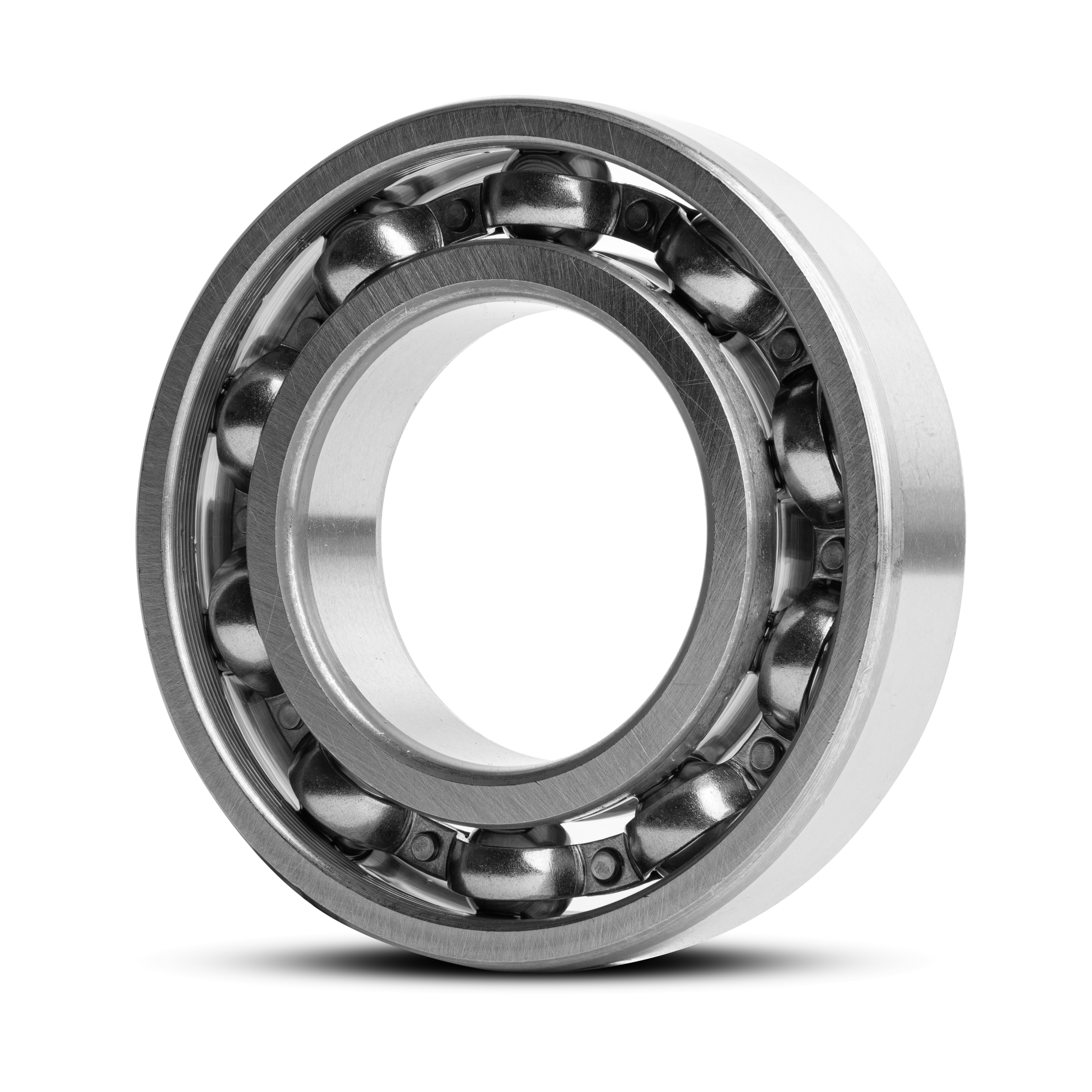
Ball bearings online perform exceptionally well under high speeds as they’re designed with a specific precision that supports the rotation required. They’re suited to manage moderate radial and axial loads but aren’t ideal for higher pressures. Ball bearings often come with seals to house and protect the ball and require lubrication to help them operate and prolong their life.
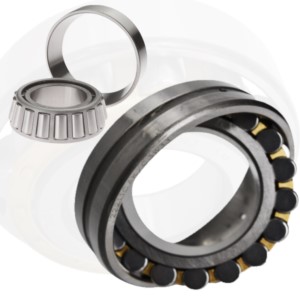
Roller bearings are designed for moderate or high rotating speeds and have the capacity to handle high radial load capacity. Some designs can manage light axial loading, but they don't typically perform well for moderate or higher axial loads. Roller bearings require a planned and regular lubrication application to support their functionality.
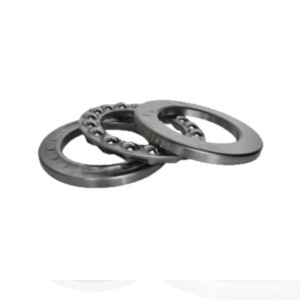
Thrust bearings are a piece of equipment that combines balls or rollers into a ringed bearing. They’re used in axial load applications and the roller thrust types have a higher load capacity than their ball thrust counterparts. They can be used without lubrication in low-speed systems, but require lubrication for higher speeds.
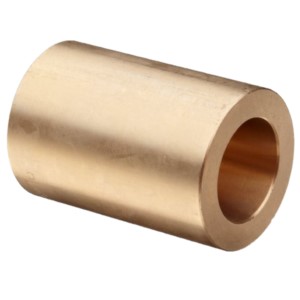
Bushings are bearings that rely on two parts sliding against each other to assist in the rotational movement of surfaces. They're ideal for linear, rotating or oscillating movements and straight bushings are suited for radial loads only, while flanged bushings can manage a combination of axial and radial loads. Ensure you select bushings with the appropriate rotation speed and load capabilities. These bearings don’t require lubrication for effective operation.
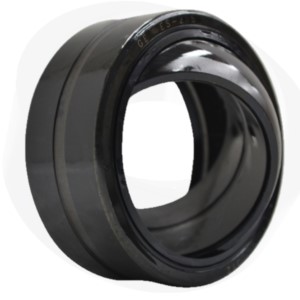
Applications that perform rotation and oscillation movements often use spherical plain bearings. The bearing rotates along a sliding surface, which restricts its speed capabilities. Most spherical plain bearings require lubrication for operation, but some maintenance-free options are available if that's a priority for you.
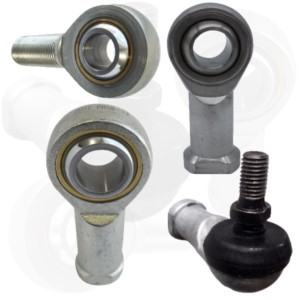
Rod ends include a spherical ball that's responsible for aiding movement and installed into a housing. This housing is often available in male or female threads and the bearing is suited to oscillation during low-speed rotation. Rod ends are also available in maintenance-free styles and others that require lubrication.
Linear bushing bearings combine multiple rows or circulating rollers or balls. Due to the number of balls or rollers used, they deliver precise linear motion with a low-friction production. This helps them reduce the heat they emit and can perform better under temperature and sustain their lives for longer.
Pillow block bearings, flanges and bearing inserts are a more comprehensive unit with bearings mounted in a housing. They’re available in various configurations and attachments that can assist the installation into different equipment. These configurations provide a range of bearing features that can suit wide requirements and preferences.
If you would like further information beyond what you have found in our bearings selection guide, please contact a member of our team at Industrial & Automotive Parts today, and we will be in touch shortly or just check our online store as we stock wide range of industrial and automotive parts including: